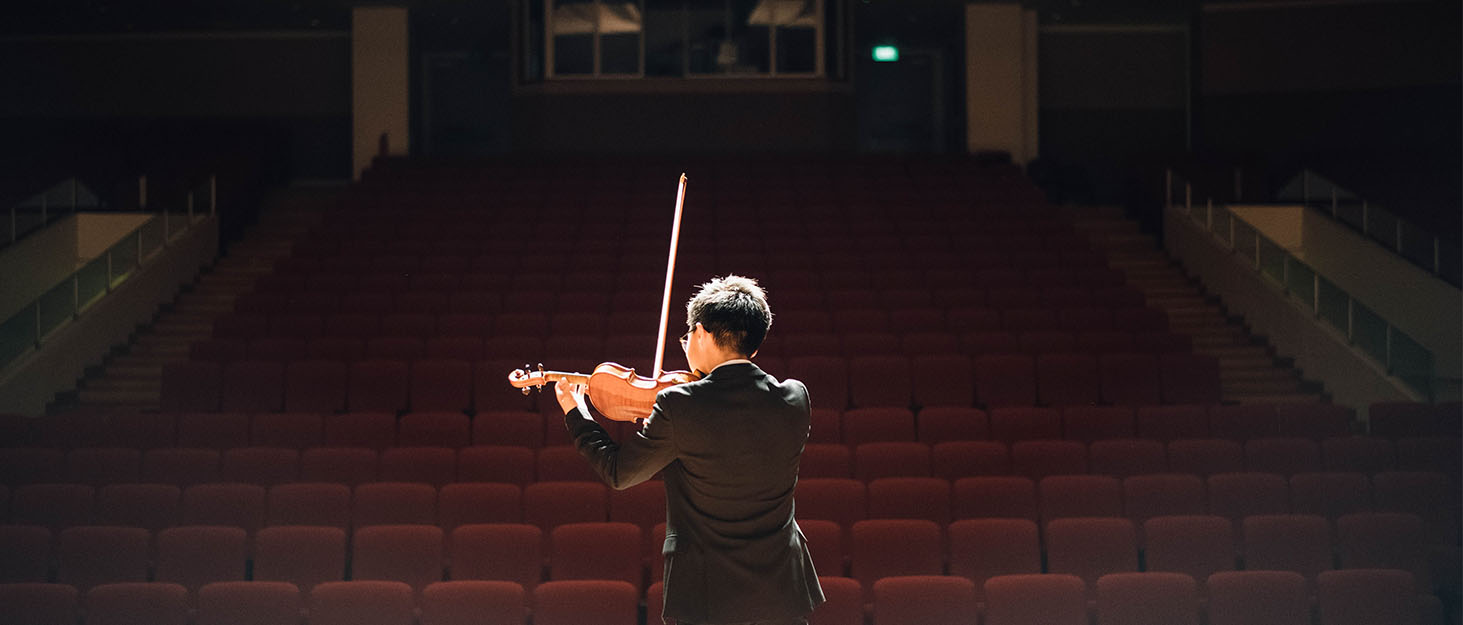
How we listened in 2020
We explore how people's music and consumption habits changed during a year unlike any other
Tags: Music,From both a commercial and scientific perspective, 2020 proved a strange and fascinating experiment – an unexpected global study of what happens when our usual routines are upended and replaced with long stretches of time spent at home.
Shopping and consumption habits changed dramatically throughout the year, in both predictable and unexpected ways, and recent market research studies have revealed some interesting shifts in the ways that people are buying and consuming music.
The headline news is that there’s been a significant rise in people’s use of streamed media. According to research commissioned by Dolby Labs, people are now focused on getting their entertainment experiences via the internet. This isn’t surprising in itself, but Dolby’s research reveals another interesting fact. Not only are people taking their music and movie consumption online, they’re also seeking qualitative improvements in the way they experience it.
Dolby’s study polled 5,000 respondents from China, France, India, and the United States. That’s quite a large sample size and a wider than average sample base, too. Of those 5,000 respondents, 77% said they’d be happy to pay more for superior sound quality, and 64% said they had upgraded at least one streaming service to a premium subscription in the past six months. The increased spend on digital content has been led by Generation Z and Millennials, with the latter spending an extra 38% in the past half-year. Break down the spending increase by country, and you find it’s gone up by 55% in France, 72% in the US, 94% in China, and 97% in India.
A surprisingly high 64% of people said they were planning to upgrade their existing audio-visual kit – i.e. new TVs, soundbars, speakers, amplifiers or streaming devices – including 73% of Millennials. A dramatic 81% of people who have upgraded their streaming services also plan to upgrade their audio or visual systems, with 62% doing so because it provides an opportunity to relax. Essentially then, the past year has seen more people take home entertainment more seriously than ever before.
This tallies with new findings from the Recording Industry Association of America – the US music industry body – on consumer behaviour in the first half of 2020. In the US, streamed music made up 85% of total revenue, generating $4.8 billion, compared with $4.3 billion in the same period last year, when its share was 80%. This is yet more evidence of the meteoric rise of streaming, but again shows that people are spending more on it, too. The RIAA says that US music fans are increasingly willing to pay for premium services to listen to music ad-free, up from 58.2 million in the first half of 2019 to 72.1 million in the same period this year – a significant uptick.
Alongside this, it seems more people have been turning to high-resolution streaming to upgrade their listening experience. In the US, Qobuz has seen an increase in the number of people signing up to its Hi-Res subscription service for the first time over the past 12 months, with many of them switching to Qobuz from platforms that use compressed audio streams.
“We continue to grow in the audiophile community; however a big change [in 2020] has been more people trying out Hi-Res for the first time,” David Solomon, Chief Hi-Res Music Evangelist at Qobuz, tells dCS.
In November 2019, Qobuz dropped its monthly subscription fee to $14.99. Since then, Solomon says the company has seen “droves of people” moving from compressed services to Qobuz Hi-Res. Over the past 12 months, Qobuz has also received an increasing number of queries from customers who are new to Hi-Res audio and keen to find out how they can enhance their listening setup.
“We have people contacting us every day with basic high-end audio questions: What’s a DAC or how will it improve my system? What’s a good music streamer that plays Hi-Res? What would you consider high-end speakers?” explains Solomon.
All this would suggest it’s not just seasoned audiophiles who are looking to invest in great sound. Hi-Res streaming is still in its infancy, but Qobuz’s success over the past year points to a growing interest in high-quality audio – one that Solomon believes will continue for years to come. And it’s not just music lovers who are embracing the format. Solomon has also noticed an increasing number of recordings being released in Hi-Res over the past few years, which suggests that more labels and artists are investing in it, too.
“What has been surprising, and even thrilling as a music lover, is that recordings coming out are far superior to the digital recordings of the last decade. And a good 70-80% of albums are all being released in Hi-Res,” Solomon adds.
With internet connections becoming faster and more stable, more consumers than ever now have access to a service that can support the demands of playing large files. Solomon also credits innovations in playback with helping to bring Hi-Res music to a wider audience. “I’ve been using a [dCS] Bartok for the last few weeks and have been astonished at the detail and performance. Companies such as dCS not only take full advantage of Hi-Res content; the music is actually elevated to another level. Huge improvements are taking place on both sides: recording and playback.”
The type of music people are listening to on Qobuz hasn’t changed much over the past year – rock, jazz and classical remain the three most popular genres, with The Beatles, Norah Jones, the Rolling Stones, Diana Krall and Pink Floyd occupying the most streamed artist slots – but Solomon says customers have been streaming music more often and for longer periods of time. They have also been seeking out a wider range of music within their preferred genres.
While 2020 was an incredibly challenging year for the music industry, it also offered a powerful reminder of the importance of music in our daily lives. For millions of people around the world, it provided a much-needed escape from the confines of our homes and the chaos of the past 12 months. The fact that people have been spending more time listening and seeking out new artists, as well as investing in new equipment through which to do so, is encouraging news for both artists and the wider music and audio world – and something that could have an impact on how we listen well after lockdowns and social distancing measures have eased.












